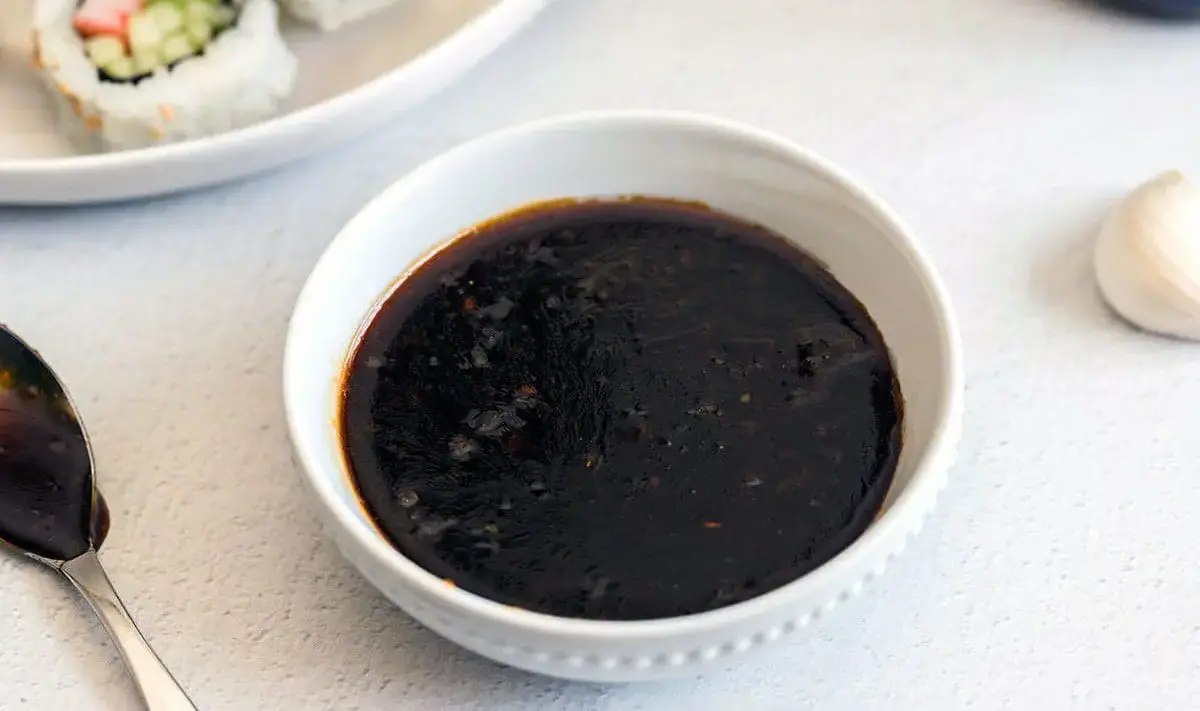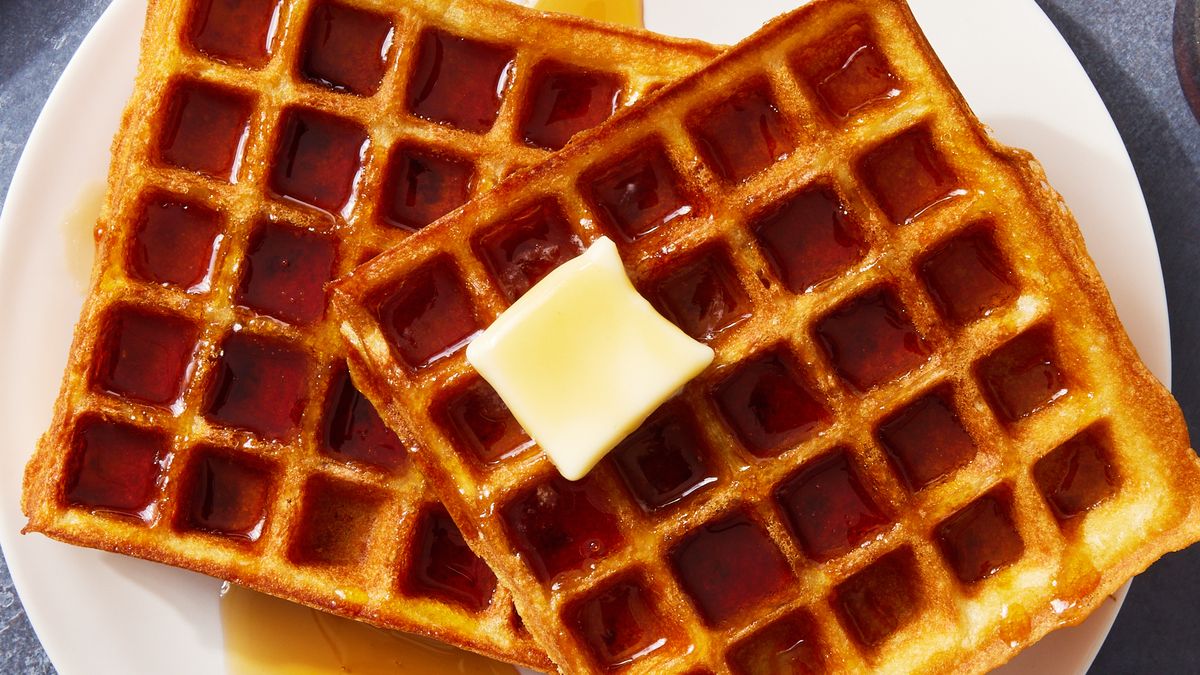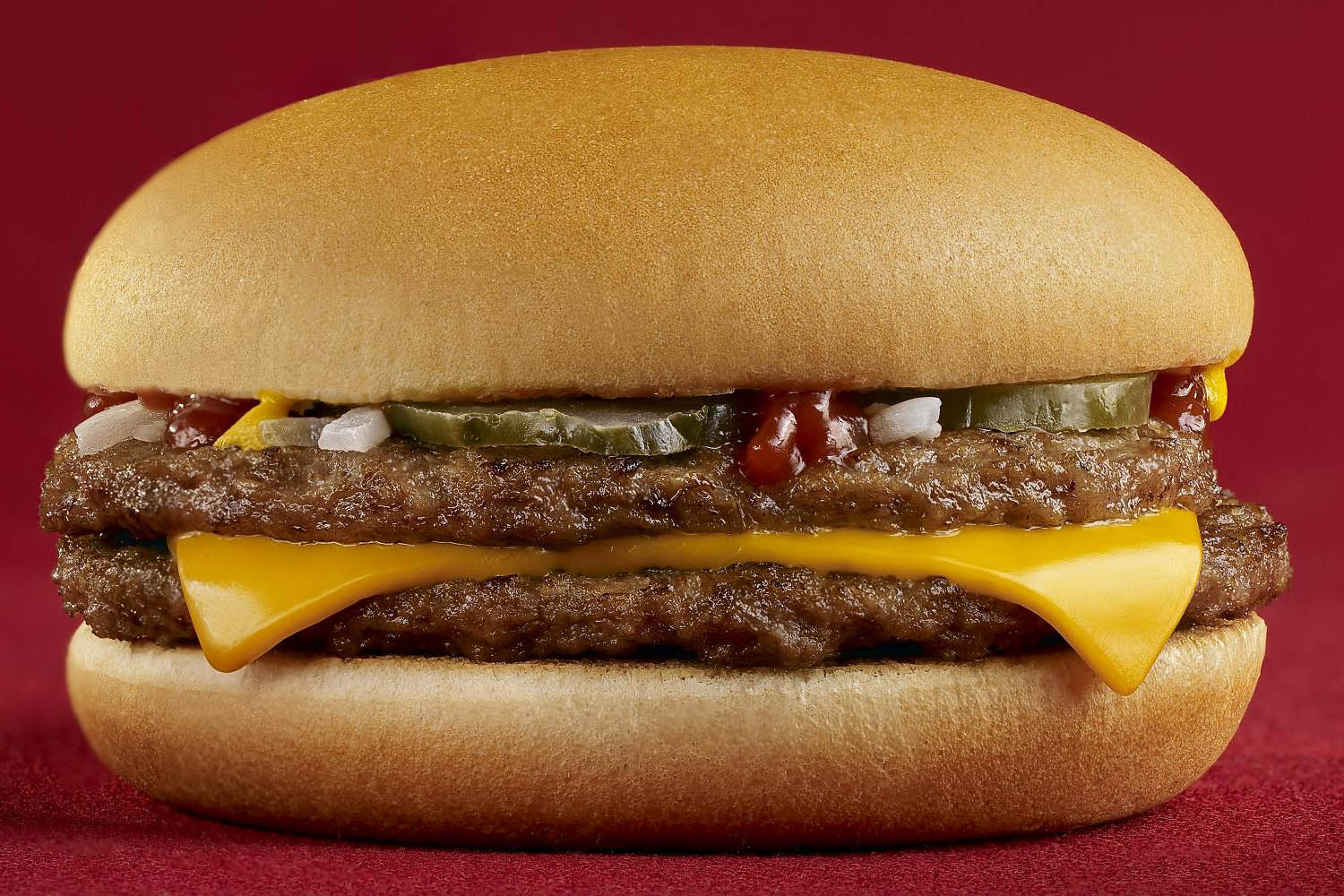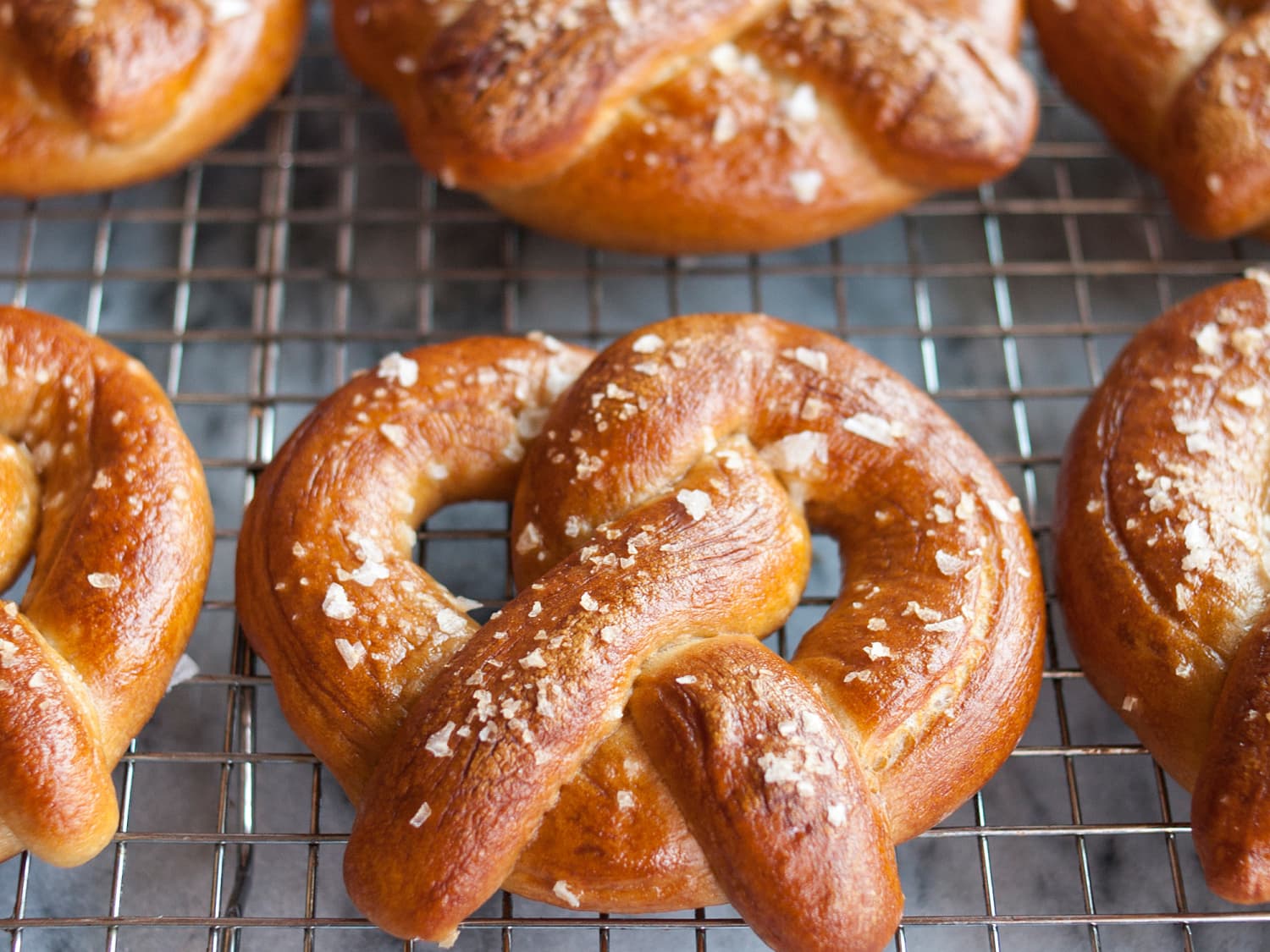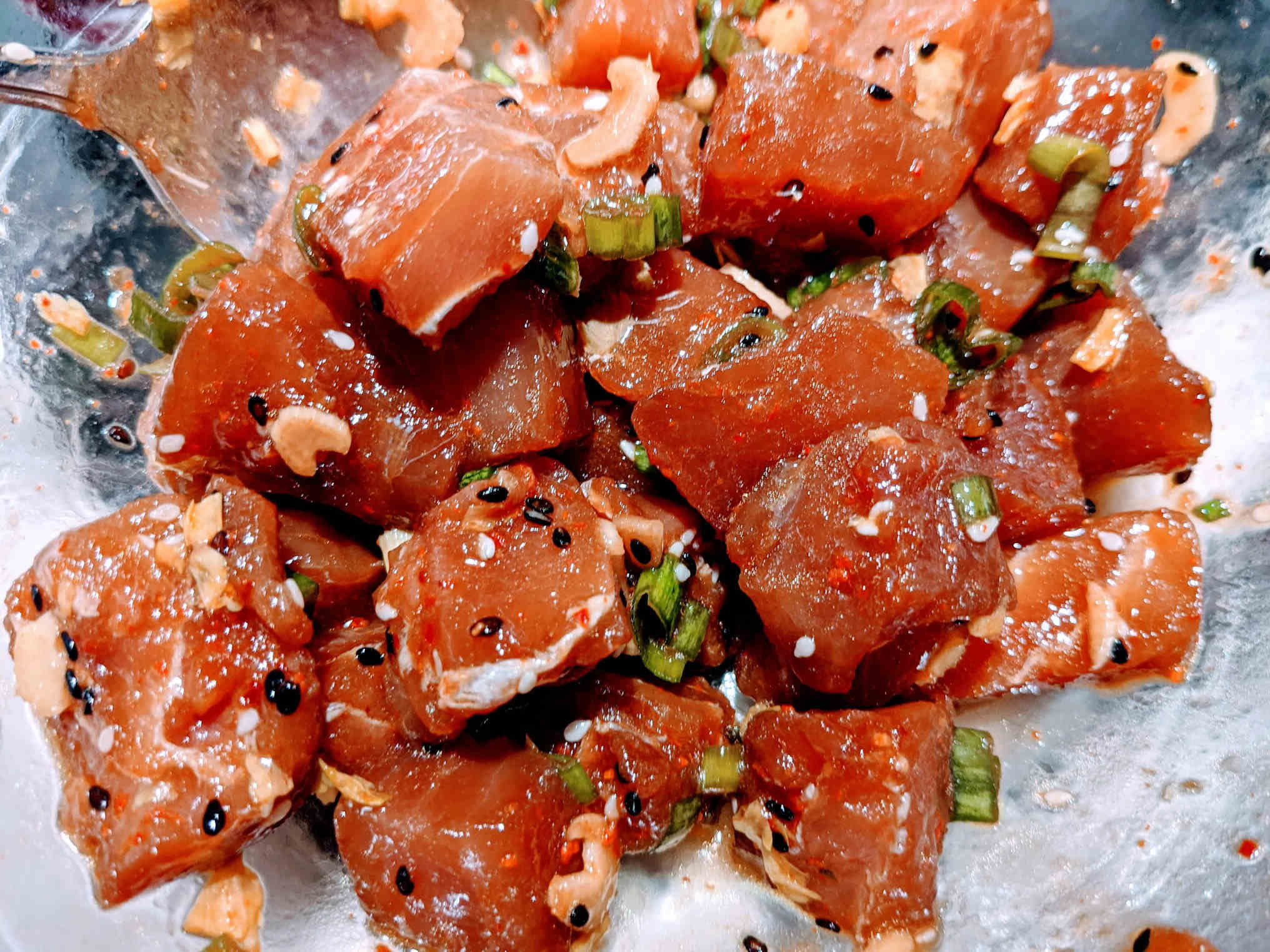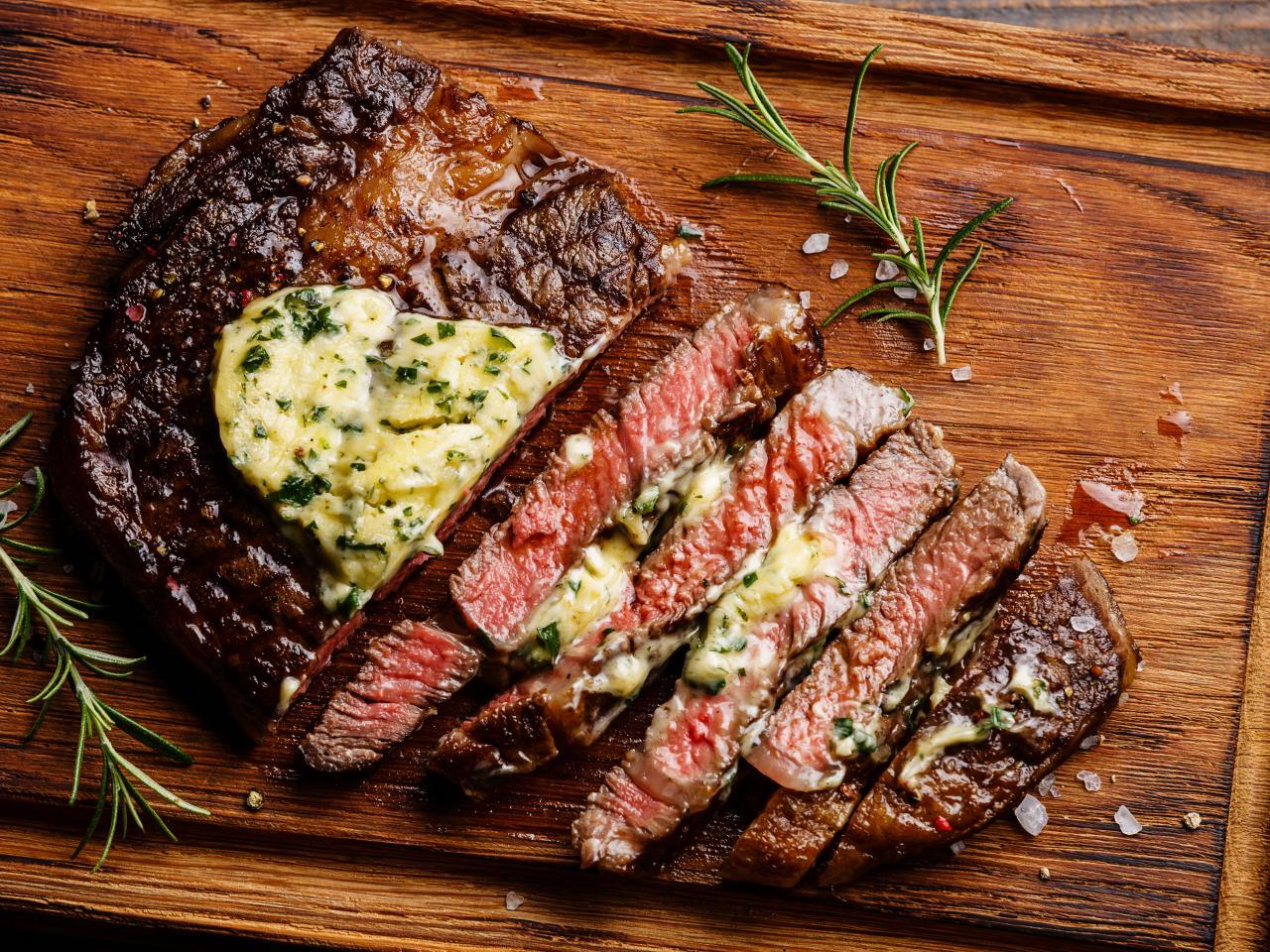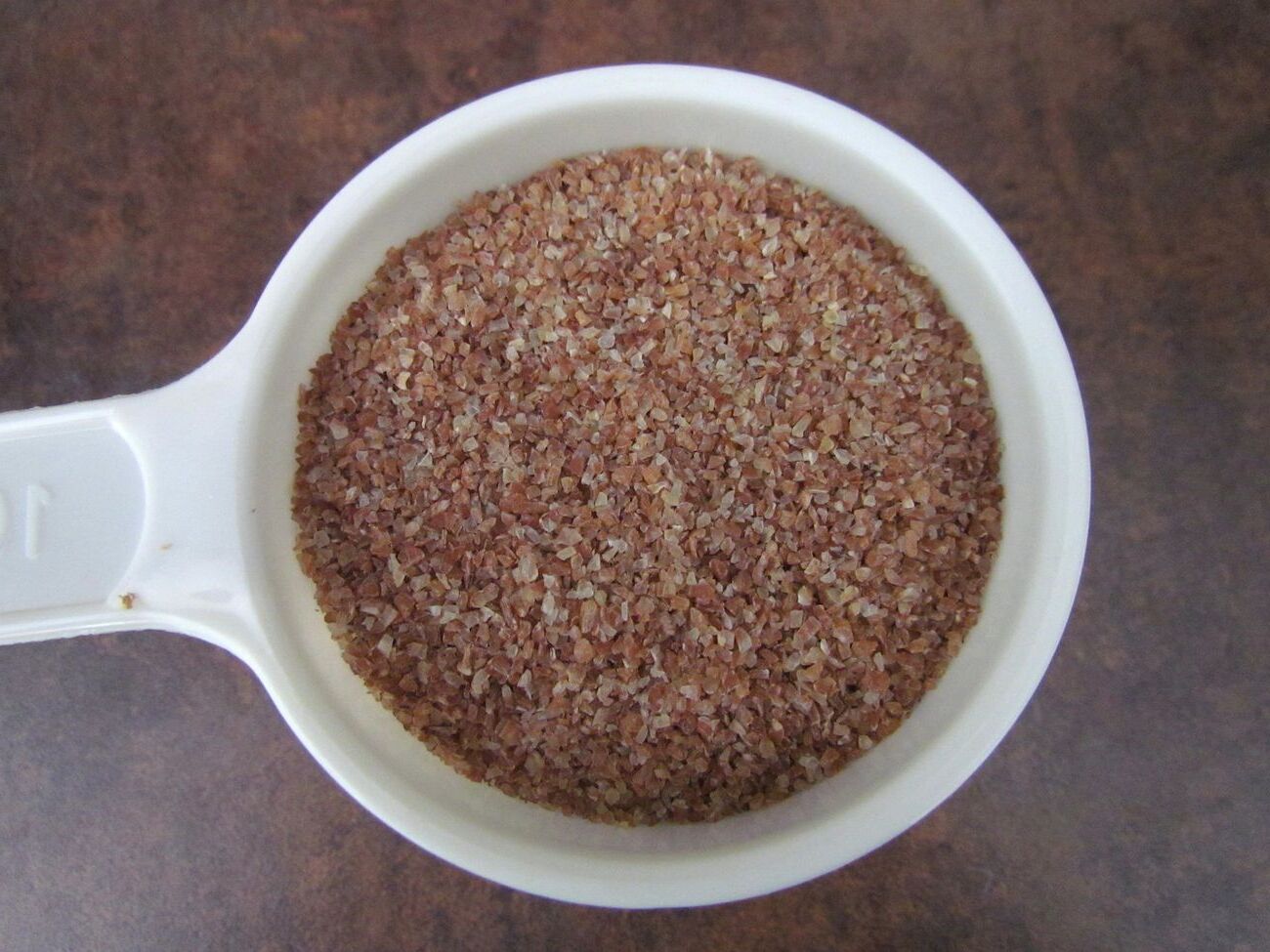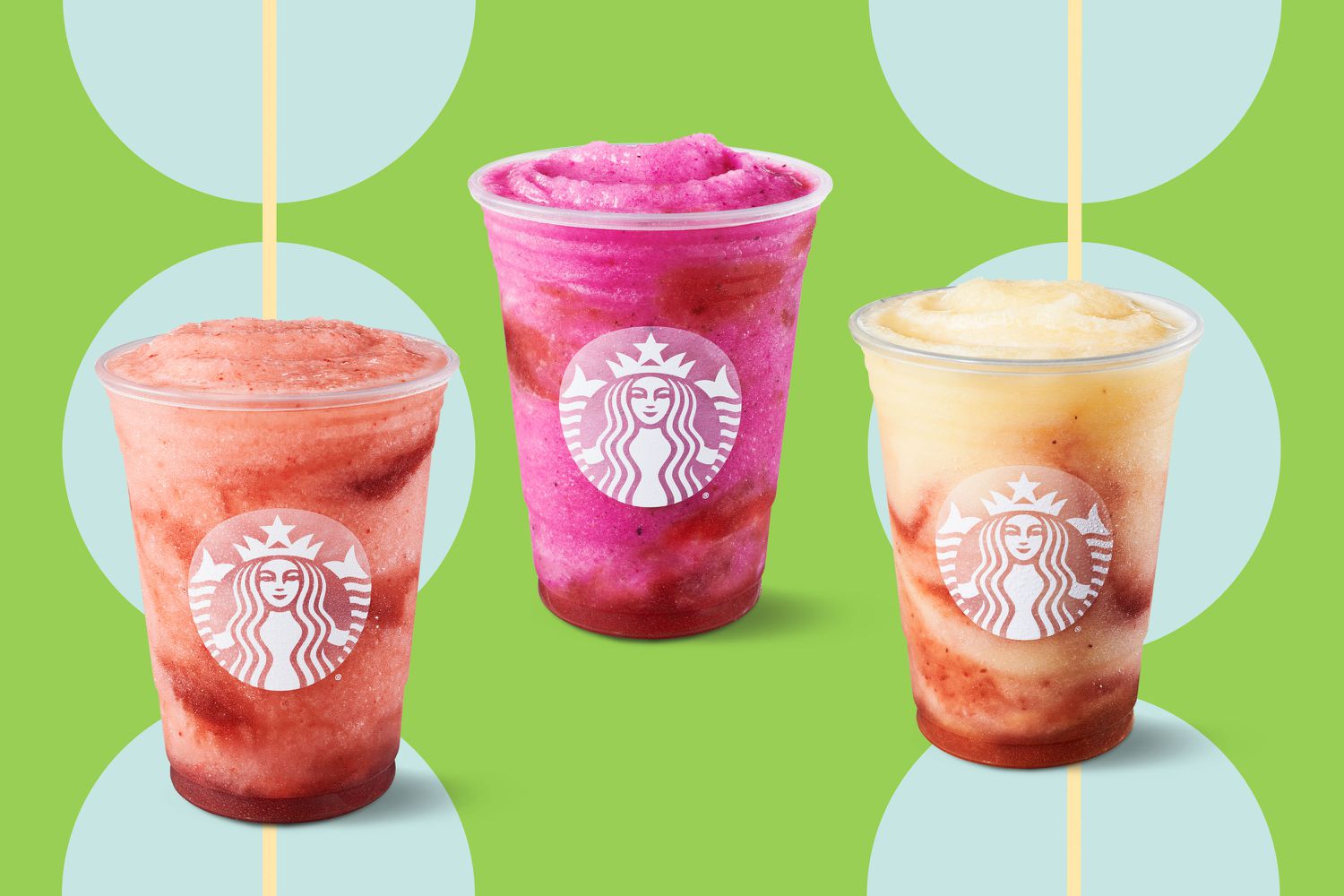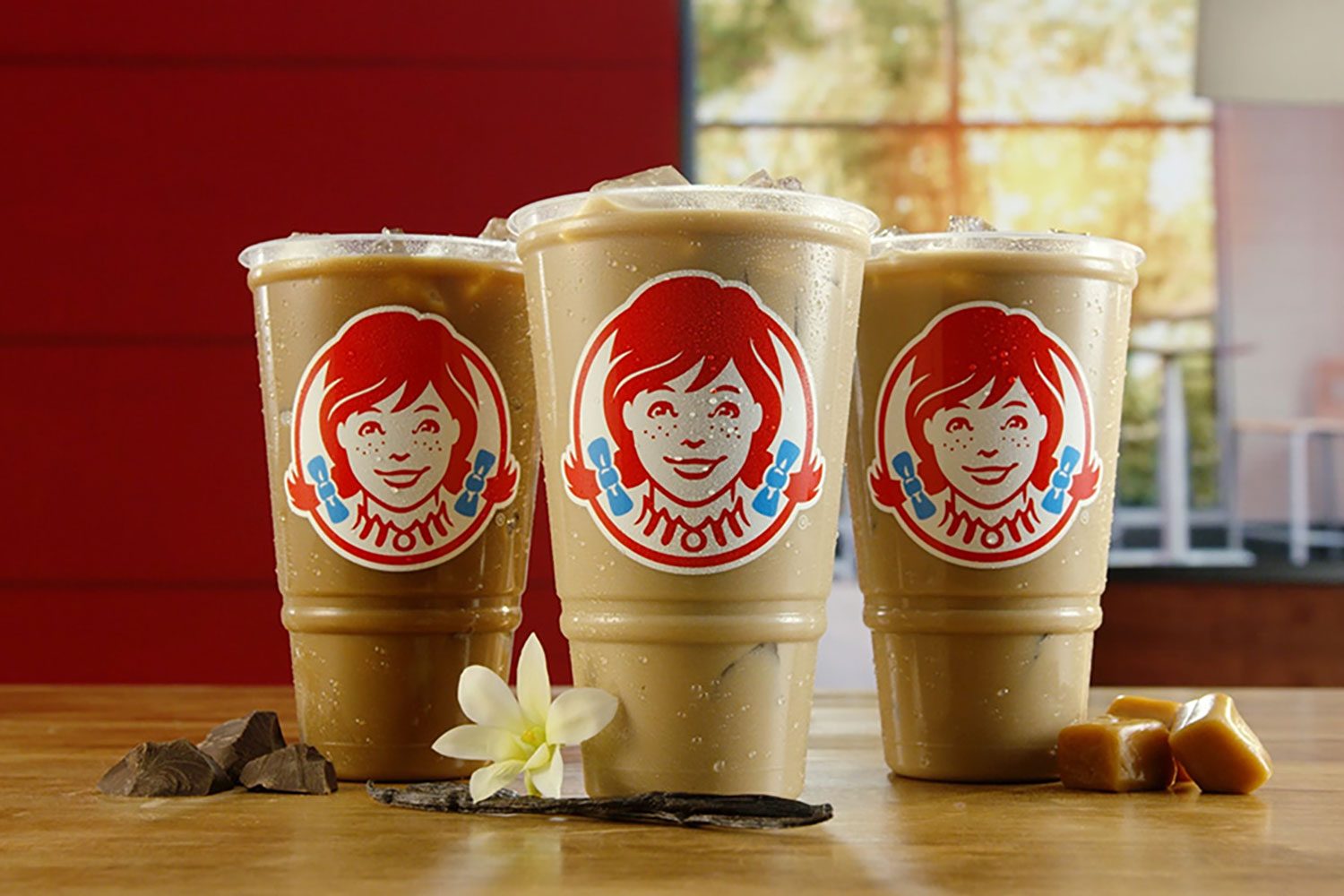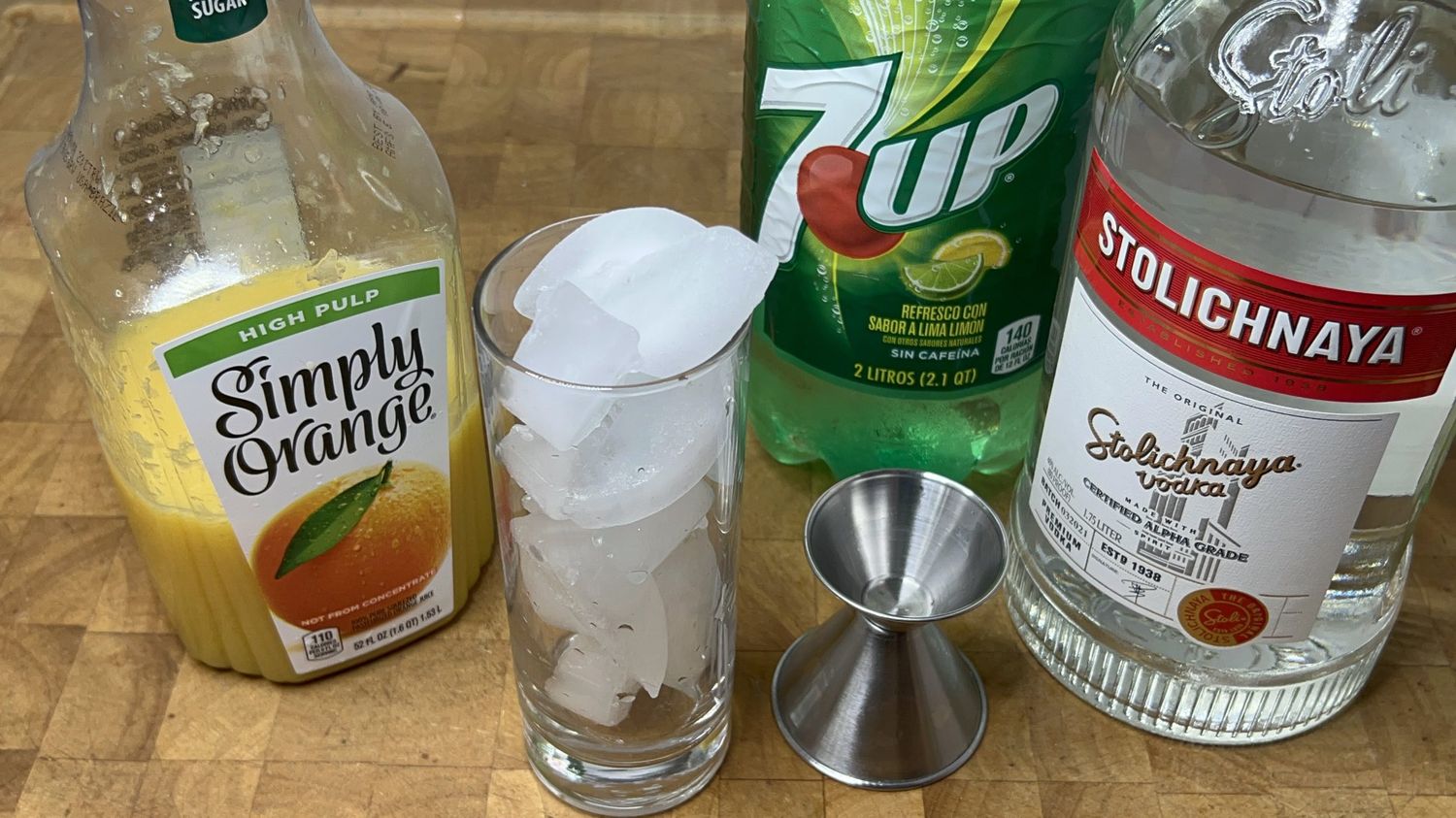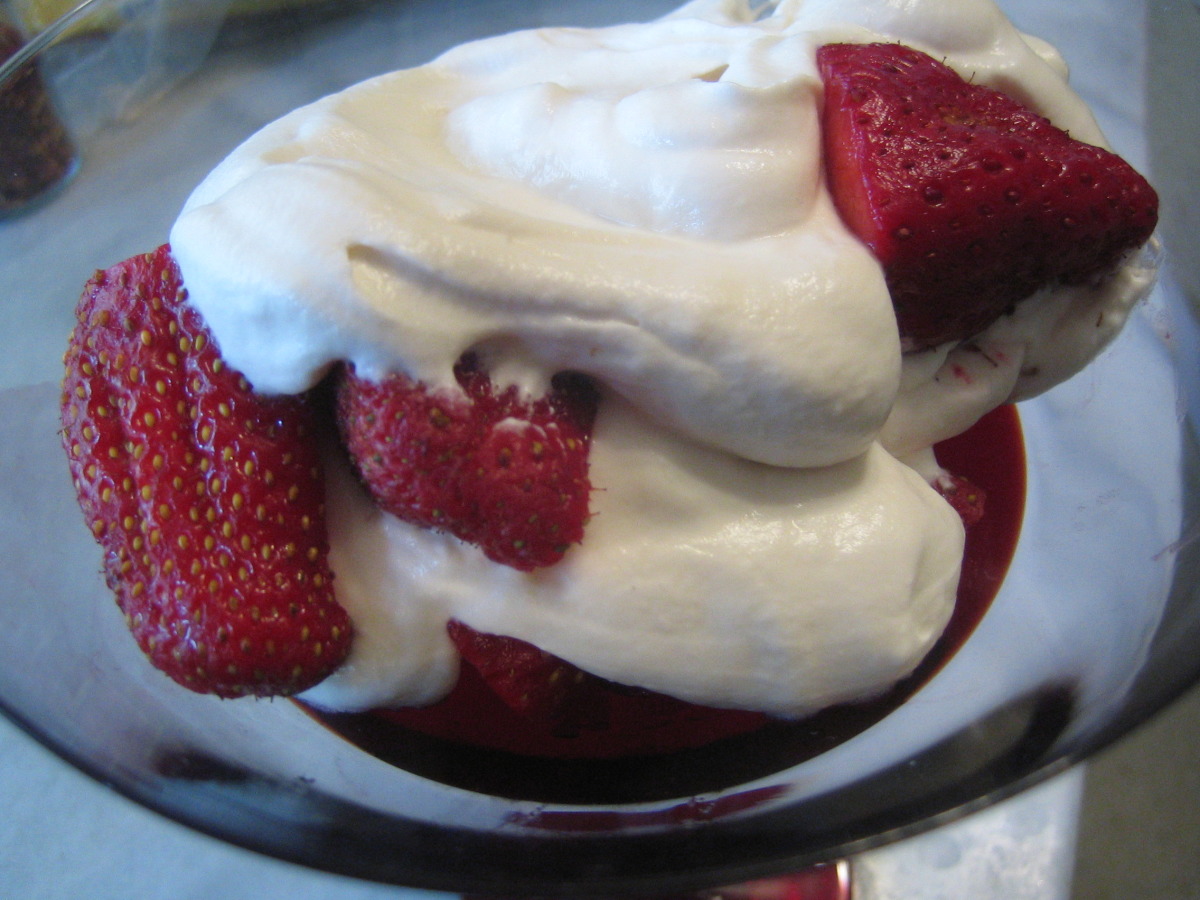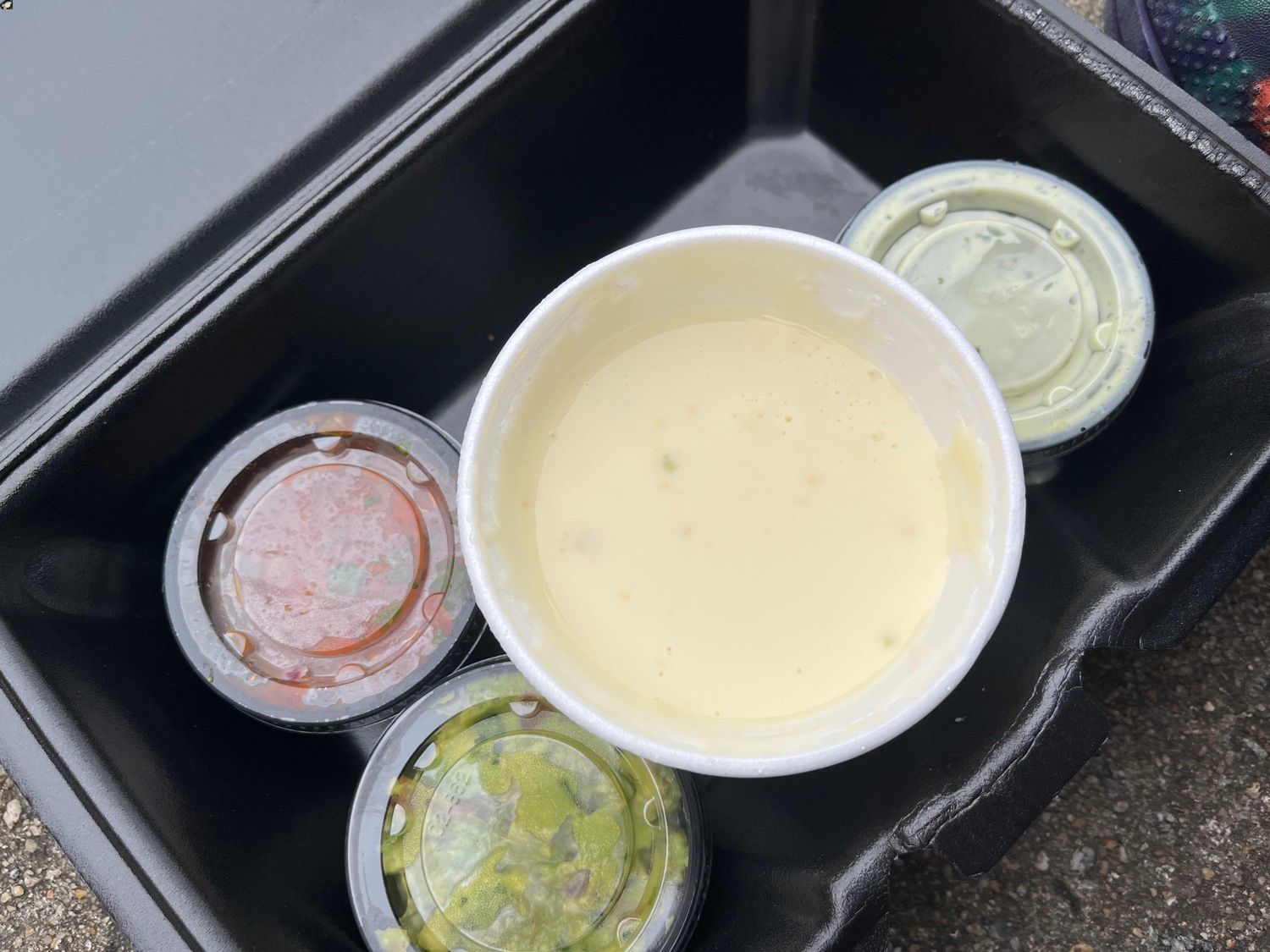Understanding Scalding in Cooking
When it comes to cooking, there are various techniques and terms that may seem unfamiliar to beginners. One such term is “scalding.” So, what exactly is scalding in cooking?
Scalding is a cooking technique that involves heating a liquid, typically milk or cream, to just below the boiling point. This process helps to kill any potentially harmful bacteria present in the liquid, making it safe for consumption. Additionally, scalding can also be used to prepare certain ingredients for recipes, such as scalding milk for custards or ice cream.
How to Scald Milk
Scalding milk is a common practice in cooking and baking. Here’s a simple guide on how to scald milk:
- Pour the desired amount of milk into a saucepan.
- Place the saucepan over medium heat.
- Stir the milk constantly to prevent it from sticking to the bottom of the pan.
- Monitor the temperature of the milk using a thermometer. Once it reaches around 180°F (82°C), remove it from the heat.
- Allow the scalded milk to cool before using it in your recipe.
It’s important to note that scalding milk requires careful attention, as overheating can cause the milk to curdle or develop a burnt flavor.
Benefits of Scalding
Scalding serves several purposes in cooking and baking:
- Bacteria Elimination: Scalding helps to eliminate any harmful bacteria present in the liquid, ensuring food safety.
- Texture Improvement: When used in certain recipes, scalded milk can contribute to a smoother and creamier texture.
- Flavor Enhancement: Scalding can enhance the flavor of certain ingredients, particularly in custards and desserts.
Common Uses of Scalding
Scalding is commonly used in various recipes and culinary applications:
- Custards: Many custard recipes call for scalded milk to achieve the desired texture and consistency.
- Ice Cream: Scalding milk and cream is a crucial step in making homemade ice cream, contributing to its rich and creamy texture.
- Yogurt: When making homemade yogurt, scalding the milk can help to improve its thickness and creaminess.
Conclusion
Scalding is a fundamental cooking technique that plays a crucial role in ensuring food safety and enhancing the texture and flavor of various dishes. By understanding the process of scalding and its applications, home cooks and aspiring chefs can elevate their culinary skills and create delicious, safe-to-eat creations.
Next time you come across a recipe that calls for scalded milk or cream, you’ll know exactly how and why to incorporate this important cooking technique.
Was this page helpful?
Read Next: What Is Sopa De Mariscos?
